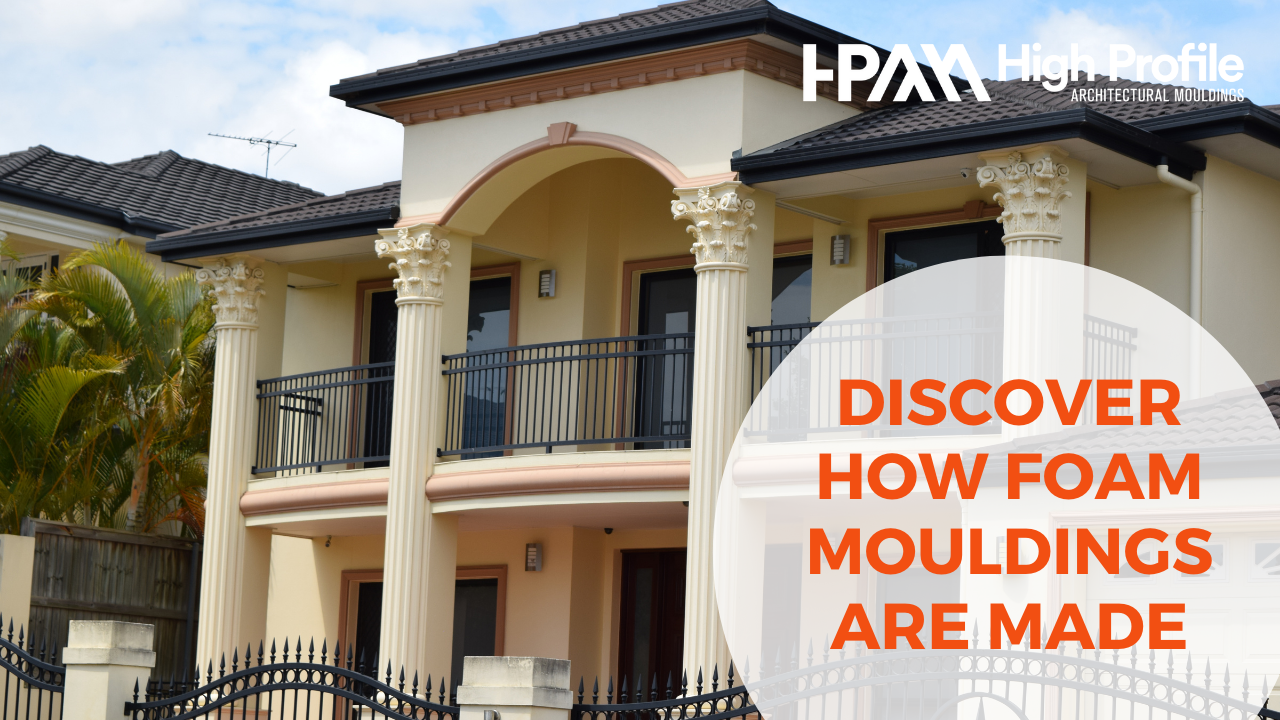When a static gas is added to the melted polymer and then injected into a standard injection moulding tool, a process of structural foam moulding occurs.
Methods Structural Foam Is Produced
The Low-Pressure Process
To achieve consistent quality mouldings, it is recommended to use dedicated special purpose injection moulding machines. A gas is introduced into the melted plastic which when injected into the closed mould tool subsequently foams the plastic material of the component being produced.
Conventional Moulding Machines
One of the most commonly used methods is the use of standard injection moulding machines with added “blowing agents” incorporated into the material. Using dry chemical blowing agents mixed in with the granules of plastic, the plastic is melted in the barrel of the machine. A measured charge is injected into the mould tool. The heat of the melted plastic causes the blowing agent to react, which forms a gas, which in turn foams the plastic.
Typical Mouldings Produced
Controlled Low Pressure Process enables larger architectural mouldings to be produced. They can be foamed and wall sections at 5 — 15 mm, are thicker than compact (normal) injection mouldings. Limited only by the size of moulding machines, mouldings of up to 40 kgs and in excess of one meter have been produced.
The process leaves a rough streaky finish on the surface of mouldings. If this is not acceptable, then a filling and painting operation is applied. Often this painted surface is of a textured type thus minimizing any irregularities in the moulded surface.
Mould Tools
With the low cavity fill pressures, the mould tools can be made in lighter grade materials, Cast Aluminium and Cast Steel. As such the costs are cheaper than with normal injection moulding.
When Structural Foam mouldings are made using Conventional Moulding Machines, invariably the mouldings are for engineering applications. In both processes, the foaming action within the material demands that the material is fed into the mould tools quickly and as such large feed gates are utilised and high injection speeds are necessary.
Whilst the process has lower cavity fill pressures than conventional injection moulding, if the mouldings are being made in conventional machines, then the tools are often constructed in a more robust manner to take into account the possibility of the higher machine clamp pressures being used.
If you’re interested in learning more about architectural foam moulding machines and their processes, you can drop us an email for a chat. But, if you’re looking for Polystyrene architectural foam moulding or window trim, get in touch with us today!


